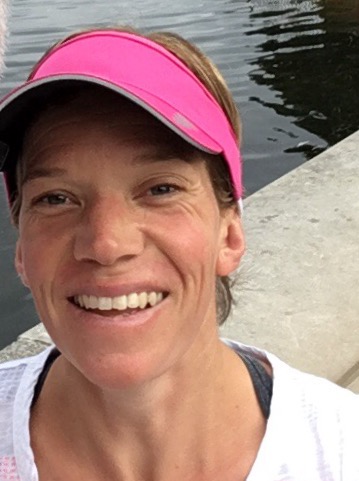THE BUZZ: NUTRITION MATTERS
- theptbee

- Jan 21, 2023
- 3 min read

AN APPLE A DAY KEEPS THE DOCTOR AWAY!
Ugh, New Year, it’s all about diets and weight loss. The amount of advertising, mis leading, and false information out there is overwhelming at the best of times but especially at this time of year. Unfortunately, the best way to lose weight does not make the headlines because it is somewhat boring and has of course all been said before. It’s not about making massive changes, the key to success is making small, sustainable changes by choosing healthier options. It all comes down to input vs. output, i.e., the balance between how much (as well as what you eat) versus how much energy you are burning. In fact, it’s as simple as following a math’s formula you simply adjust the numbers based on your height, weight, gender, and energy levels. From that figure you than add or subtract based on whether you are aiming to lose, maintain or gain weight. Of course, creating and sticking to a meal plan is the next and less easy step.

EAT THE RAINBOW!
When it comes to eating a healthy diet, the key is to eat as much variety as possible including wholegrain carbohydrates, lean meat and alternative protein sources, fruits, and vegetables. One way to approach getting a wide range of vitamins and minerals is by colour. Did you know that different coloured fruits and vegetables provide different micronutrients, vitamins, and minerals, that our bodies need for optimal health? Most colourful fruits and veggies have anti-inflammatory and antioxidant affects that may benefit different aspects of your health. For example: Dark red fruit/vegetables can assist with oxygen uptake, help lower the risk of high blood pressure, heart disease and certain cancers; Yellow and orange fruits/vegetables support eye health and may lower the risk of heart disease and cancer. Reference: https://www.healthline.com/nutrition/eat-the-rainbow#benefits

SHOULD I FORGET ABOUT THE SCALES?
When it comes to measuring your weight there are many options to choose from. Whist the bathroom scales are a useful baseline used too often or focused on too hard and they can be not only off-putting but also inaccurate. BMI is a simple calculation, using height and weight, to assess if someone is in the healthy weight range, underweight or overweight. It too has its limitations as it does not consider muscle versus fat. Therefore, highly muscles athletes can often be identified as overweight. Waist circumference, or hip to waist measurements are another method used to assess if someone is in the healthy weight range. Other easy and logical methods, such as how your clothes fit, progress photos and skin fold tests, are also worth using.
TIP The best approach is to use several methods to track your weight loss success.
Weigh yourself regularly, i.e., once per week on the same day, at the same time, wearing the same thing (nothing is the most accurate). Consider taking a photo of yourself at the start of your healthy diet plan and every month or so during, to compare and chart your progress. Whilst this may seem like a daunting thought it is amazing how much change you can see with this visual method. Know your BMI but don’t be too concerned about it if you are not where you want to be, remember it is only a guide.
There are a multitude of diets out there, it is not a one size fits all approach. Don’t be put off by previous unsuccessful attempts. If you are concerned about your weight and/or overwhelmed by the prospect of doing something about it, consider approaching the services of a Nutritionist, Dietitian or your G.P.

OH THE “E” WORD, IT HAD TO COME UP!
Yes, "EXERCISE"! It is all well and good to eat well and in the right amounts but if you think back to our math’s formula there is another part to equation, yep you got it, the output part! Our bodies burn a certain amount of energy simply to survive, this is called your BMR or basal metabolic rate, and is the amount of energy expended at rest, including all the processes that the body carries out with no cognitive input (i.e. breathing, circulation, temperature control). To calculate your BMR is a simple formula using your height, weight, and age. From this you can then calculate your EER, estimated energy requirements, by considering your PAL, physical activity level…. Can you see where this is going? Yes, it is somewhat boring, but the answer is if you want to lose weight you need to exercise more and eat less…. Well, that’s the simple answer. Remember it is all about balance. If you would like more nutritional information, or assistance with your own diet and weight control please do get in touch!

BEE HEALTHY. BEE FIT. BEE HAPPY!
JANET ASHTON
PERSONAL TRAINER & NUTRITIONIST
THE PT BEE





Comments